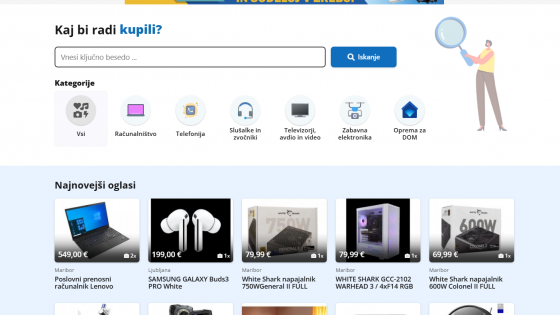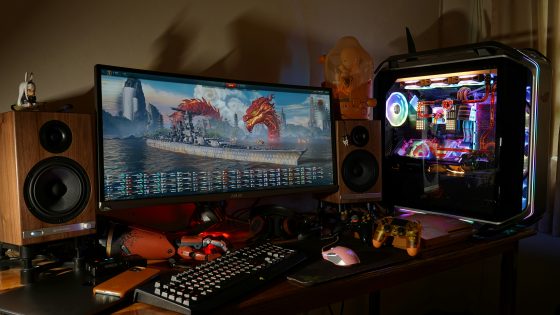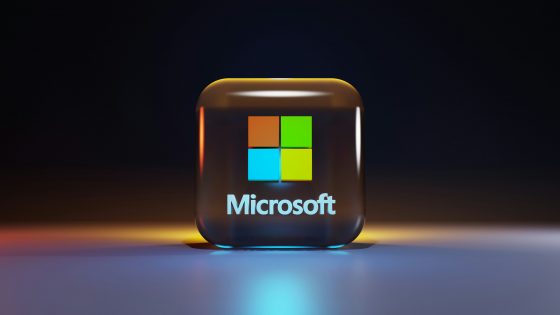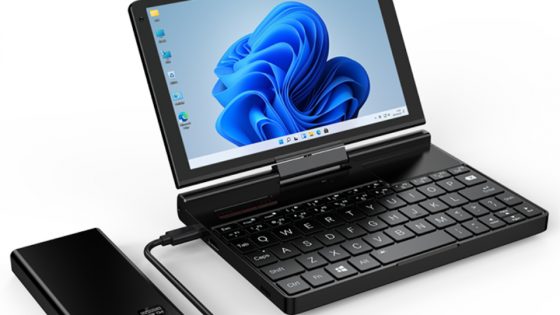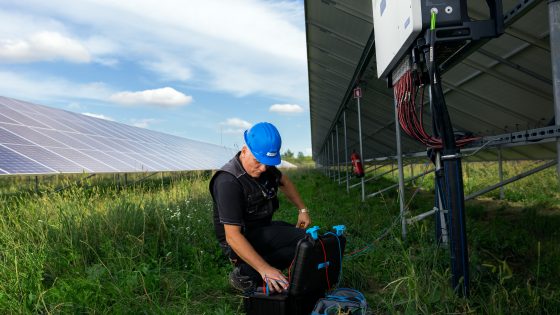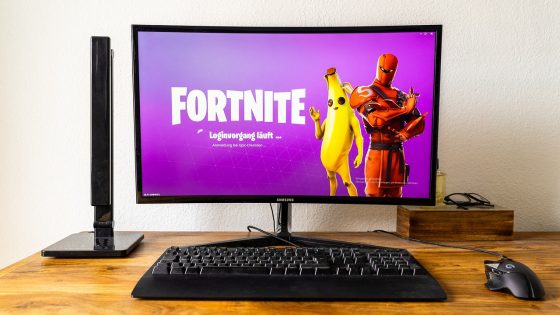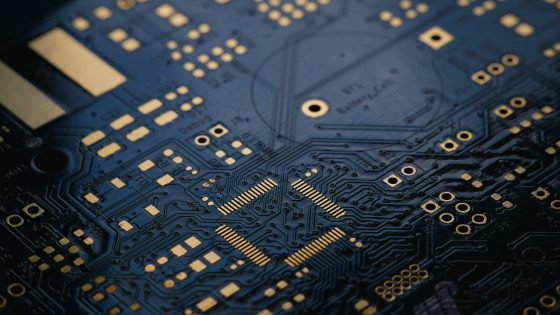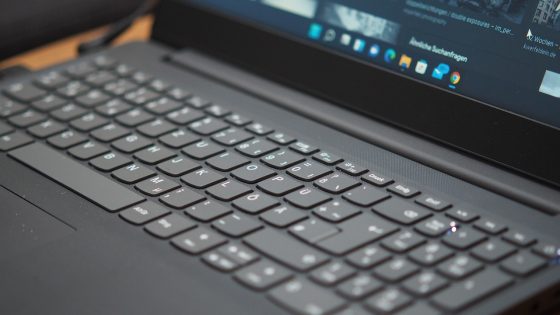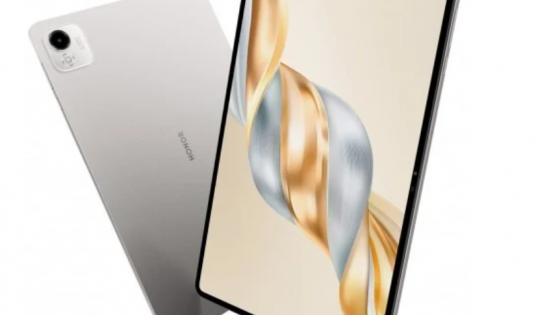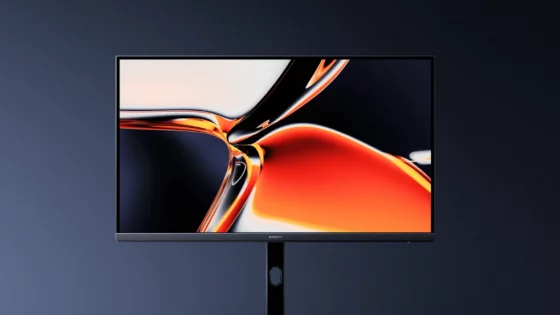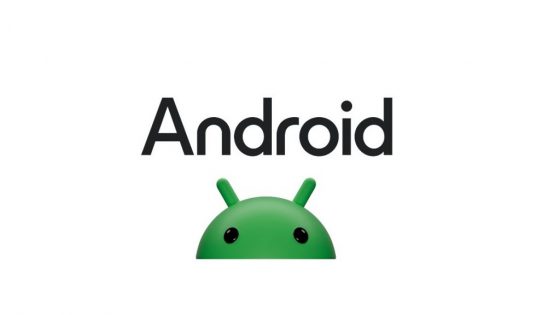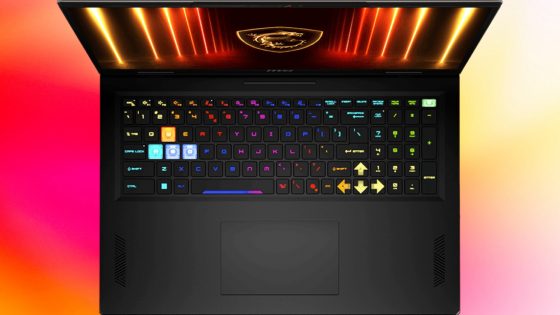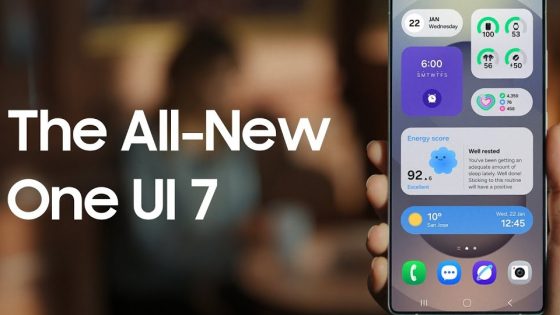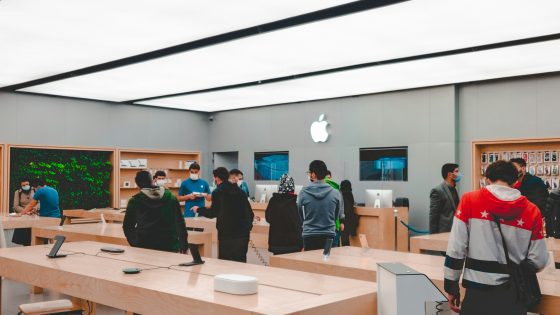6 ways to improve productivity at work
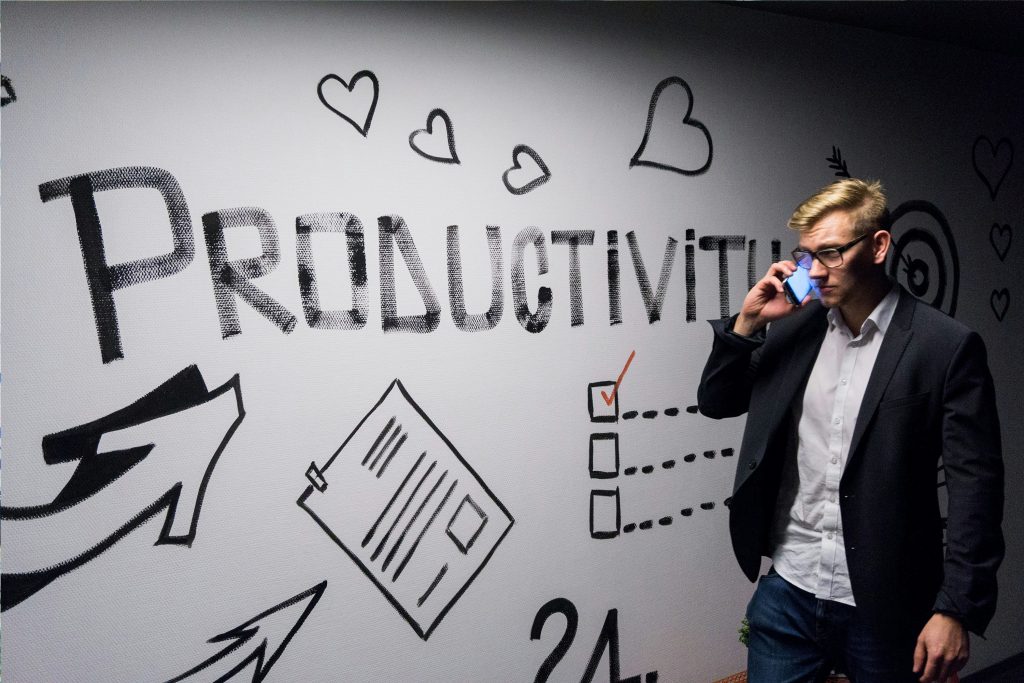
No one knows what the fate of remote work will be in the coming years. You may have seen headlines showing the largest companies moving away from this trend and demanding full presence in the office. Will their attitude towards remote work be adopted everywhere? Will the work landscape return to its pre-pandemic form?
Hybrid work is most likely to remain, but in most companies with a greater emphasis on the majority presence in the office. Maybe you can convince your boss that you are just as or even more productive at home (or anywhere else) than in the office. There are certainly fewer distractions at home, of course, provided that you have an adequate office space and are away from the noise of the rest of the household. You know your job well, so we will not tell you the truth, but rather write down some tips and guidelines on how you can very easily improve your productivity with some programs and functions. And ease the suffering that monotonous tasks cause us.
The tips are intended for Windows 10 and 11 users, we will prepare a separate article for Mac users, but you can already try to find parallels yourself. Although we mainly highlight remote work, most of these tricks can also be used in the company.
Placing programs on the screen
The basis of good productivity is the organization of work, which also includes how well we use the work surface. This can include a tidy office desk, as well as the arrangement of programs on the screen. Those of you who use two or even more screens have a great advantage, as you can customize the programs on the screens in more depth.
If you don't know yet or haven't figured it out by accident, you can drag any open program to the edge of the screen and you'll see the option to split the screen in two. This has been available since Windows 10, and in Windows 11 we have even more options available.
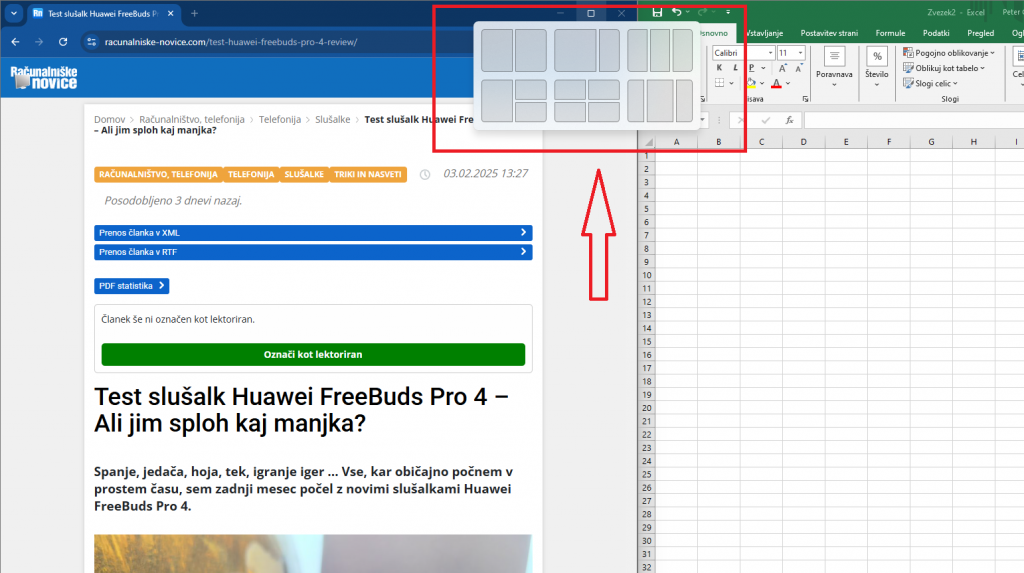
An even faster way is to use keyboard shortcuts. Using the Windows key + arrow keys (up/down/left/right) will allow you to move an open program around the screen, and the program will automatically adjust to its position. You can also use the shortcuts to move the program window to another monitor.
Part of this feature (Windows Snap) is the ability to group multiple programs. There are definitely some programs that you always use at the same time. In our editorial office, for example, these are Word and Chrome, or Outlook and Asana. It's convenient that with just one click I can open both programs in the same position as I left them last.
You can see all the possible layouts by hovering your mouse over the maximize icon (top right corner, next to the "X" to close the program). You'll see a small window with different layouts, which depend on the resolution, size, and number of monitors you're using. If you're using Windows 11, version 22H2 or later, you can see all the possible layouts by placing the program window in the top center of your screen.
Have you tried voice typing yet?
Owners of newer phones will know what I'm talking about. On Samsung or Google phones, you can use the built-in artificial intelligence (AI) to search and create text using voice commands. Slovenian is not currently supported on these phones, but it is on Windows.
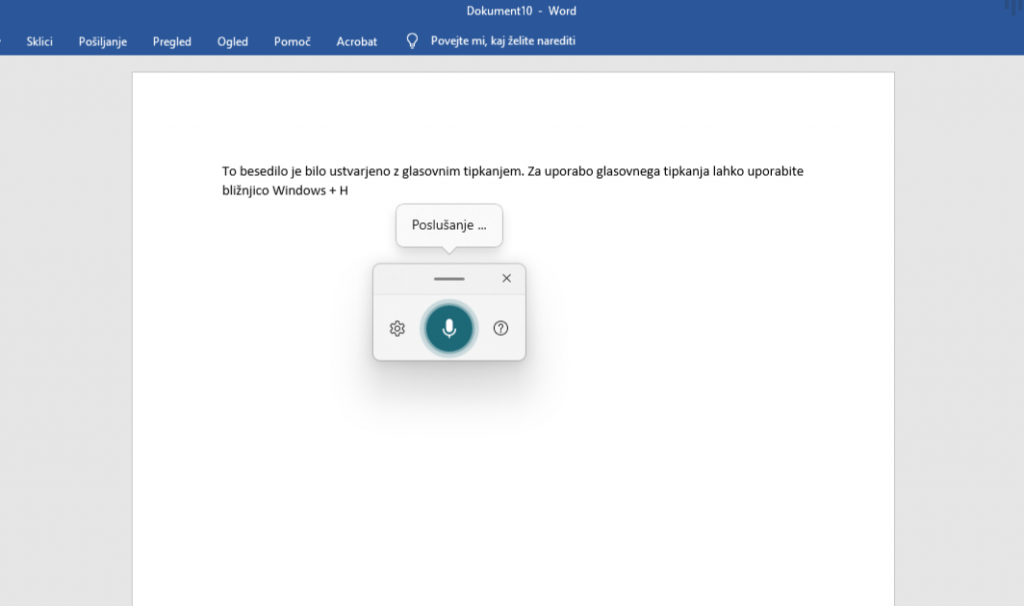
You can turn on voice typing with the Windows + H shortcut and it works in programs like Word and Notepad. It's not perfect, so I recommend speaking slowly and clearly to reduce errors. Commas and other punctuation marks are not a strength of this feature, so you'll have to proofread the text you create in the end. For creating documents or writing articles, classic typing is still faster and more accurate, and for creating quick summaries and notes, it's a great way to rest your hands and eyes. It may also come in handy if your keyboard suddenly breaks and you don't have time to wait for a new one.
You can also use commands, such as:
- Delete this/Delete this: The last word spoken or written will be deleted.
- Press Enter/Backspace/Tab: the computer will automatically press the selected key.
Time is money.
The clock built into Windows by default not only shows when it's 3:00 PM so you can disconnect from your computer, but also has special features to help you stay focused while working. Find the program in the search engine Clock and at the very top you will notice a section A period for focus. It's a feature where you can set a time limit (for example, 80 minutes) for complete focus. The feature will automatically turn off all unnecessary notifications and alarms, at least partially reducing the number of distractions present on the screen.
You can set your breaks, their duration, and more. If you have a Microsoft 365 account, you can also connect Windows To Do and quickly create a list of tasks that are waiting for you. You can also connect Spotify to relax during breaks.
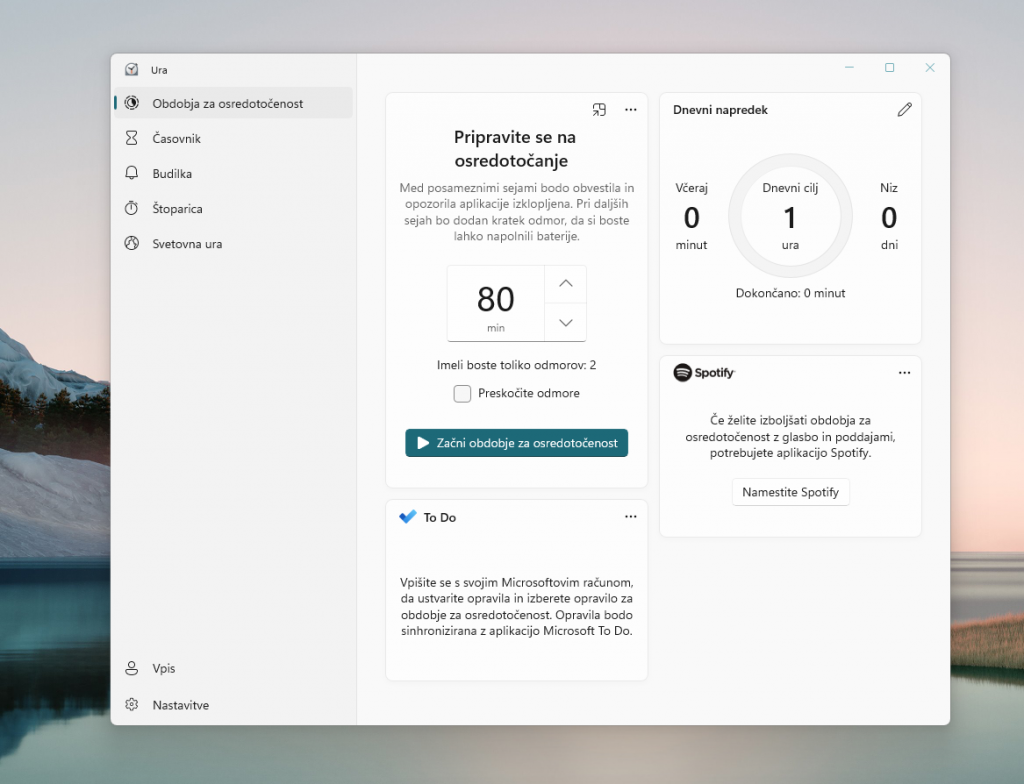
Create virtual desktops for different tasks
Virtual desktops are one of the more convenient, underrated, and unknown features of Windows. For example, you can have one desktop for email and meetings, another for focused work, and a third for entertainment or casual web browsing.
To get started, use the Windows + Tab shortcut and a new pop-up window will appear with all your open programs. At the bottom, click on New desktop and you will open a brand new and empty desktop. To quickly switch between desktops, use the shortcut Windows + Ctrl + left/right arrow key. You can use the mouse to move programs between different desktops.
If you're limited to just one monitor, this is an especially handy feature because it essentially gives you an extra workspace without having to buy an extra monitor. You can create an unlimited number of virtual desktops.
Copy to Windows clipboard
The Clipboard is another feature we wonder how many people actually know about. You can turn it on with the Windows + V shortcut. The Clipboard is essentially an archive of everything you've copied recently. Anyone signed in with a Microsoft account can access this shared clipboard across all the devices you're signed in to with that account.
When you want to paste copied text or an image, simply click Windows + V and select what you want to paste.
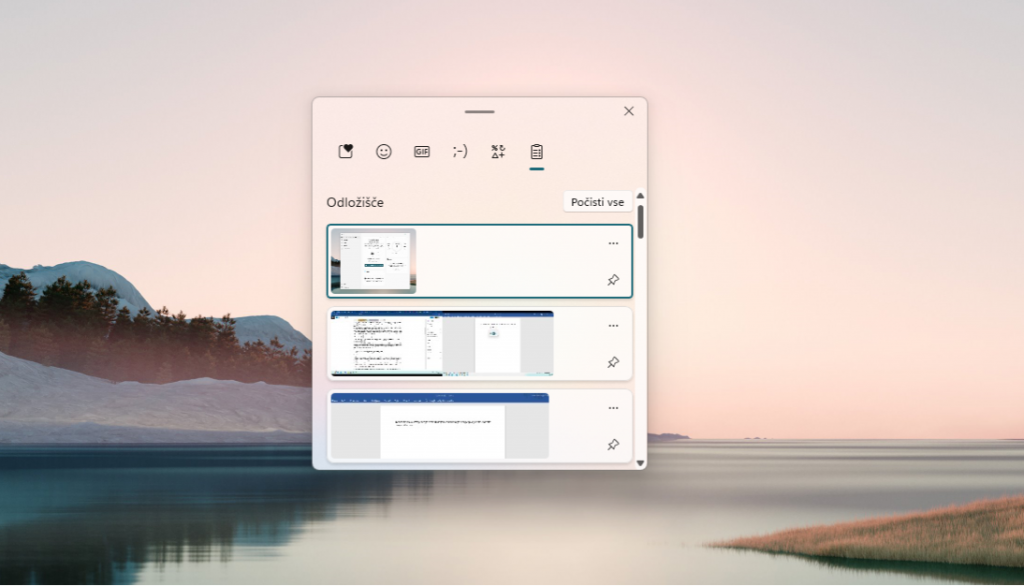
How many keyboard shortcuts do you use every day?
Keyboard shortcuts are very useful for productivity and are easy to use. You just need to remember the ones that you think are convenient for you. They can help you save time when navigating your system, opening certain programs, and so on. The time saved may only be measured in a few seconds and clicks, but in the long run, you will notice that even these little things affect how quickly you get your work done.
Below you will find some useful shortcuts.
- Win + D: Show or hide the desktop
- Win + E: Open File Explorer
- Win + Tab: Switch between virtual desktops
- Alt + Tab: Switch between open applications
- Win + X: Quick Settings menu
- Win + Ctrl + D: Create a new virtual desktop
- Win + Ctrl + F4: Close the current virtual desktop
- Win + H: Turn on voice typing
- Ctrl + Shift + V: Paste without formatting
- Win + Shift + S: Take a screenshot
Working remotely can be just as productive as working in an office, especially if you use at least one of the tricks above.
We've listed just a few. Also check out PowerToys for access to more advanced Windows features, Task Scheduler for task automation, macro shortcuts, and more.



